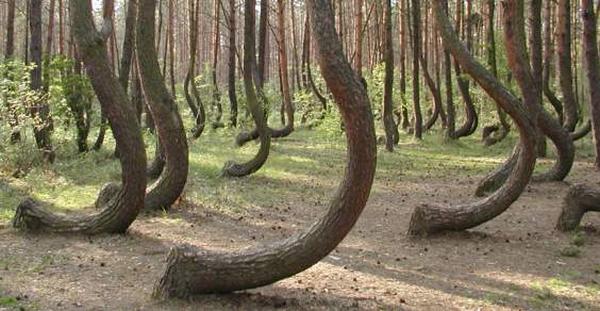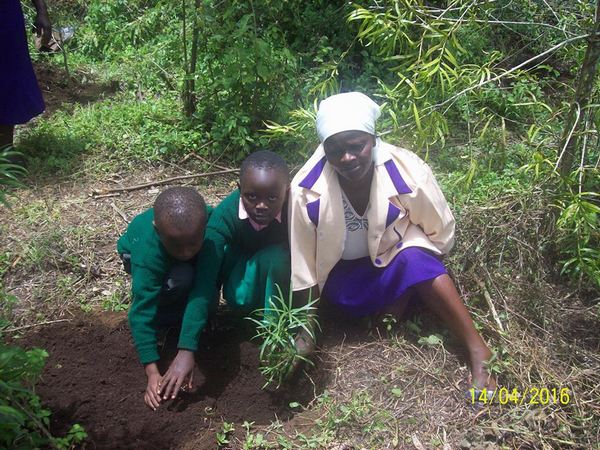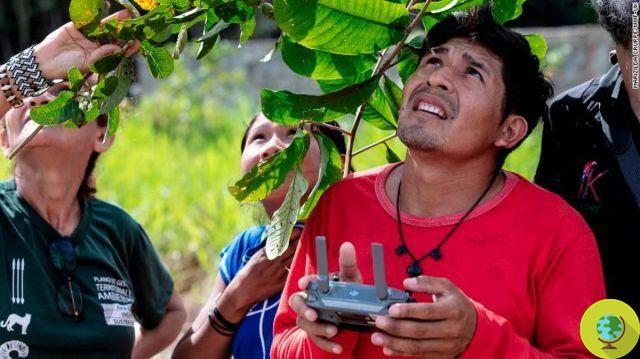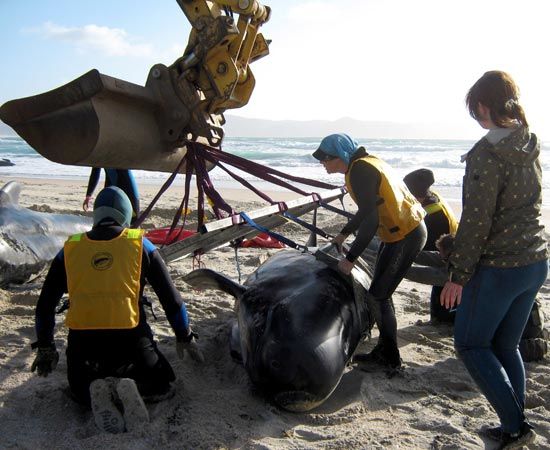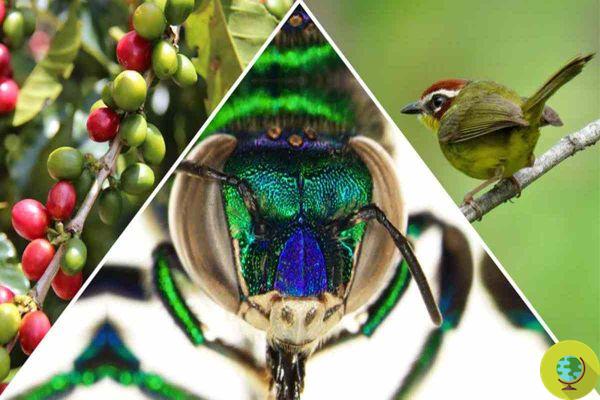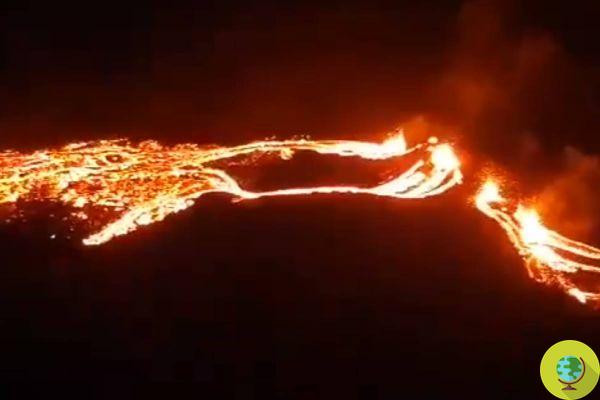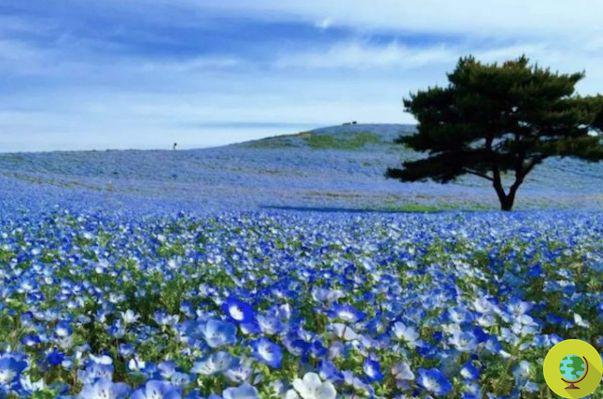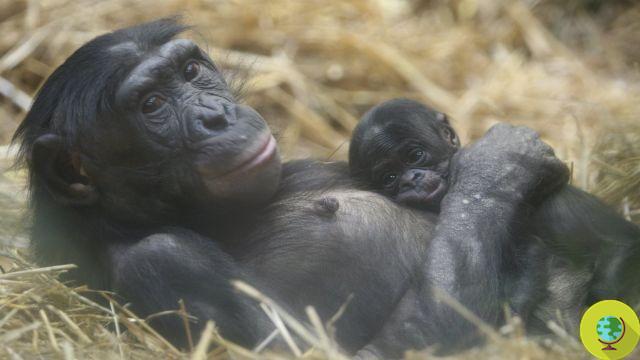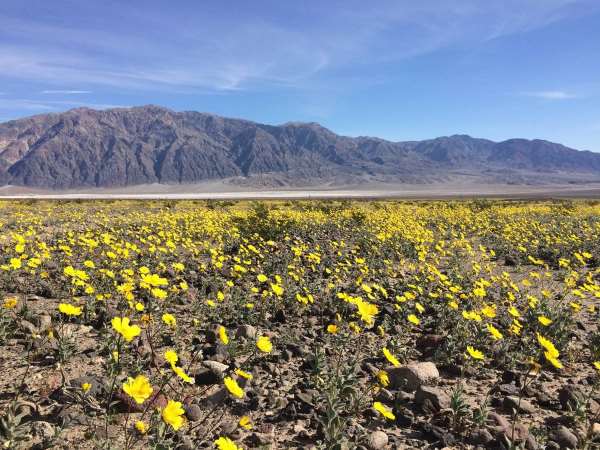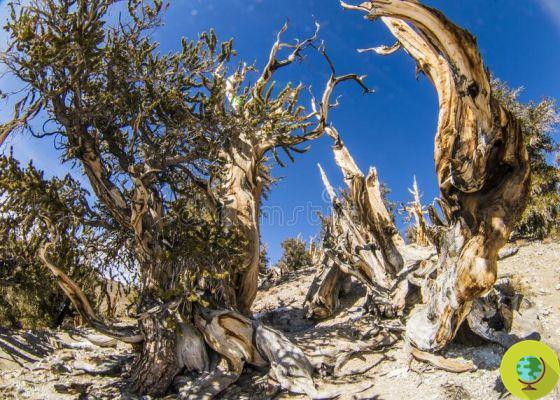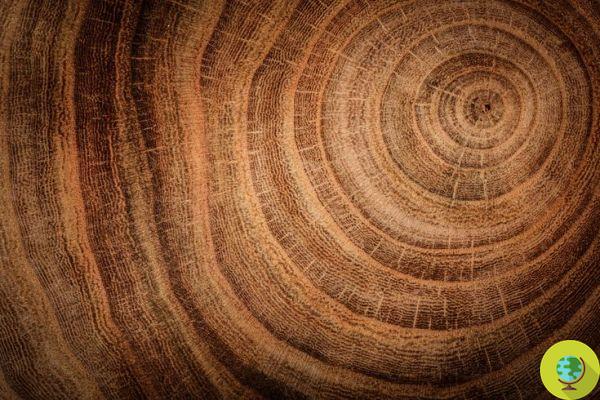
By studying the rings that are formed during the growth of plants we can know the climatic conditions of the past
The past can also be studied through the dendrology, that is, the analysis of the growth rings present in the tree trunk.
These rings are formed in trees that have secondary growth, that is, in those that produce wood, and represent important bioindicators since they offer information on climatic conditions which occurred during the growth of the plant.
It is not by chance that the rings present in the trunks of fossil trees.
During the development of gymnosperms and in most dicotyledons the primary structure has a modest development since very early it begins secondary growth due to the activity of two secondary meristems responsible for the increase in the diameter of the stems: the cribro-woody cambium and the subero-phellodermic cambium.
Secondary structure formation begins when cambium and parenchymal cells begin to divide resulting in a bill of exchange ring.
To better explain the study of the climate through the analysis of bills of exchange is Andrés Díez Herrerom, one of the leading Spanish researchers in this field.
The sections of the tree trunks show darker rings and lighter colored rings, placed at different distances from each other.
Such rings do not reveal alone the age of a plant, but they also offer accurate information on environmental conditions and on any extreme weather phenomena such as long periods of drought or floods.
Did you know that tree rings tell us about floods from the past?
???@JG_Cantero has gone to @IGME1849 and @MuseoGeominero to interview Andrés Díez, one of the greatest experts.
Precisely in these days the importance of studying these risks is shown.
?️??️ pic.twitter.com/btgOR7BkFc
– The Time CMM (@ElTiempoCMM) January 25, 2019
- dark and close rings they are formed during the winter season, when a dense and compact wood is produced which serves the tree to better defend itself from cold temperatures.
In summer, however, they form clearer and more spaced rings, due to the formation of less compact wood and the faster growth that occurs during the vegetative restart.
La distance between dark and light rings offers information about the length of the seasons: very wide dark rings reflect a particularly long and harsh winter and, similarly, light rings tell us how long the warm season lasted, based on their width.
In some cases, the light rings show anomalies, a sign of slowed growth of the tree which may be due to drought conditions. The lack of water prevents the correct development of the plant.
Studying the rings that form during growth is therefore possible know the climatic conditions of the past and knowing if and when extreme weather phenomena occurred.
Dendroconology, on the other hand, establishes the dating of ancient wooden artifacts, also to reconstruct climatic trends.
To do this type of studies it is not necessary to cut down the trees, as samples are taken from the trunks leaving the tree intact.
Sources of reference: CMM / Unina
Read also:
- Trees grow faster and die sooner due to climate change
- The extraordinary complexity of the oldest trees in the world




